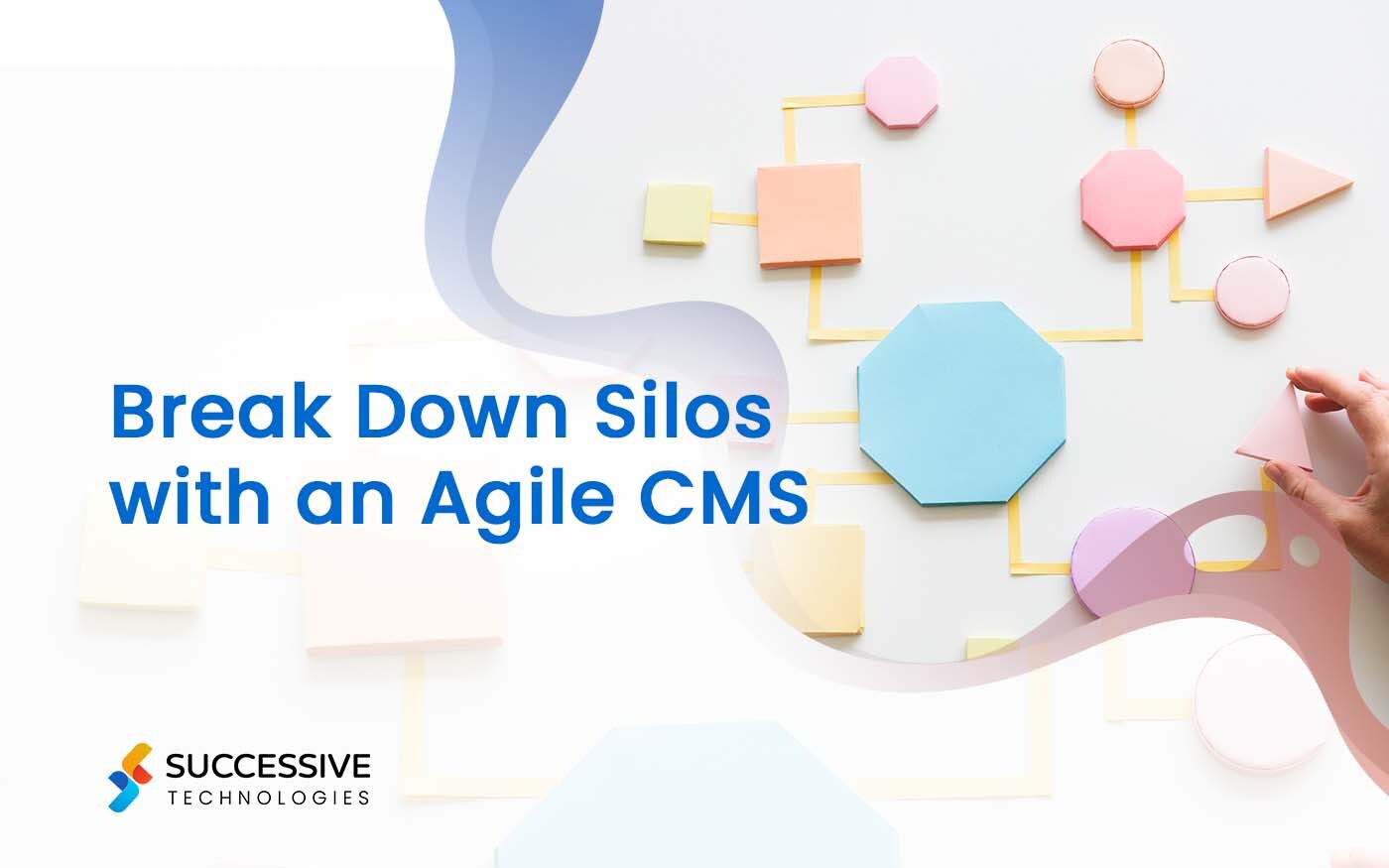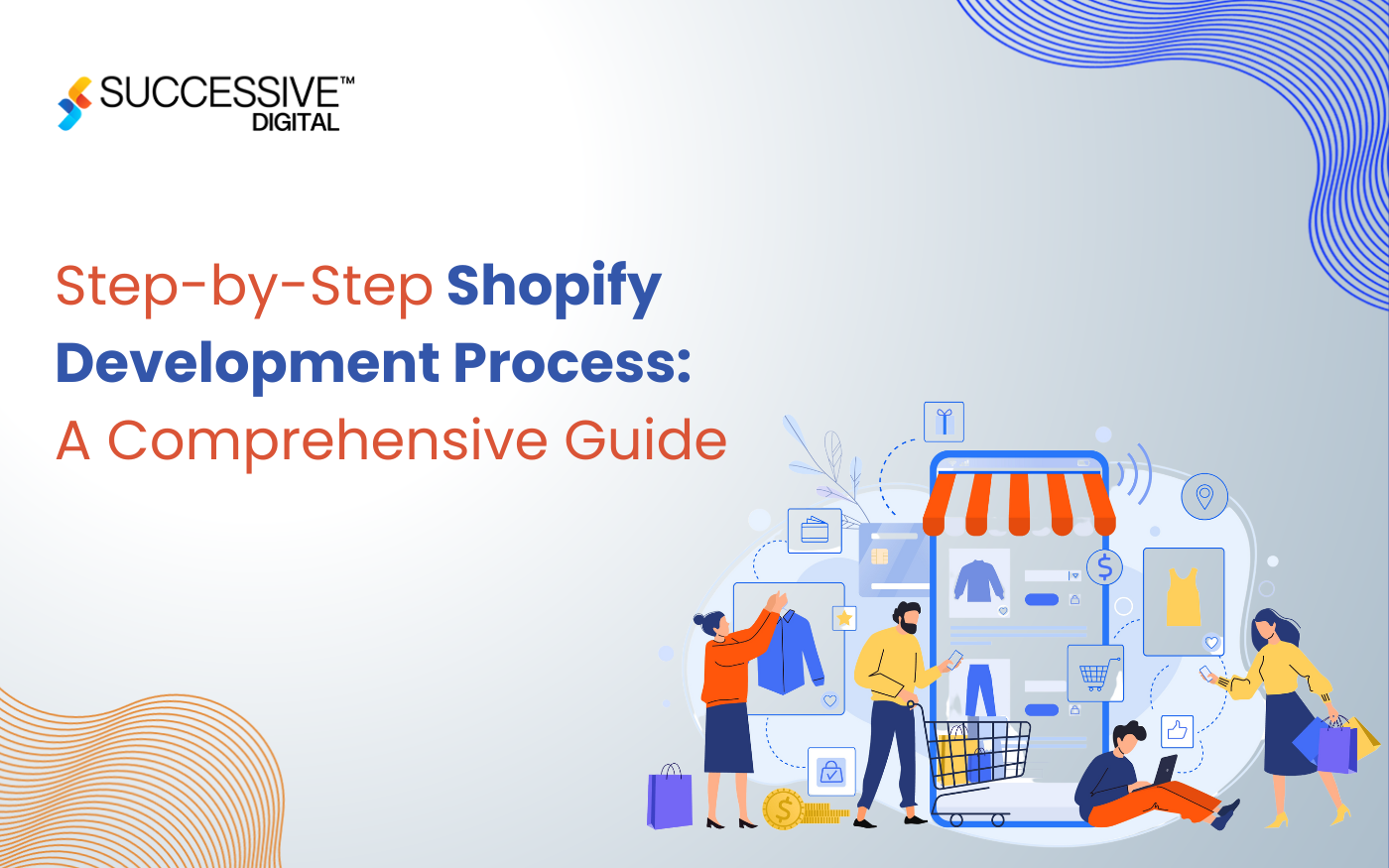Did you ever wonder why some businesses just get the customer experience right, attracting more new customers while making existing ones come back for more while others struggle?
The secret often lies in understanding and refining the customer experience strategy. By examining each interaction more closely during a customer experience audit, an organization can split customers’ moments of joy from their pain points and meet customer expectations accordingly.
As per McKinsey, Traditional CX measurement systems are increasingly seen as inadequate, with only 15% of CX leaders expressing satisfaction with their current measurement systems. This happens when organizations fail to link their CX efforts with value-driven strategies.
Understanding the concept of “customer is the king,” leading companies are now moving to become customer-centric businesses, discovering how delivering customer journeys increases revenues, reduces costs, and improves employee engagement.
Changing customer needs and behaviors have motivated businesses to become more customer-focused. Customers want a consistent experience on all the channels and hold companies to high standards for product quality, service performance, and price.
Customer experience audit can be a “lightbulb moment” for your organization by helping you maintain focus, positively impact customer satisfaction, and begin the process of redesigning functions around customer needs.
Now, the question comes: How do you get started with a CX audit?
This blog covers it all.
What is a Customer Experience (CX) Audit?
A customer experience (CX) audit is a thorough understanding of every customer touchpoint and interaction between your customer and your brand, from the moment they first hear about you to the post-purchase support. It’s a thorough examination of all the touchpoints in your customer experience, including website, mobile apps, sales, marketing, and customer service.
The objective?
The organization should see the problems that your customers are facing and find ways to solve them so that they may understand, “Wow, this brand really gets me!”
Importance of conducting regular CX audits
CX audits reveal opportunities for improvement
Consider Sarah, an online retailer who was perplexed as to why her business’s sales were declining. When she finally decided to do a CX audit, she discovered that her checkout procedure was more difficult than a construction site! She acted upon the biggest area of improvement identified in the CX audit, streamlining the procedure and observing a rise in sales. This enables Sarah to create a more intuitive interface, leading to increased engagement and conversion rates.
Identifying pain points and opportunities for improvement
One of the primary benefits of a CX audit is its ability to identify pain points within the customer journey. For example, a SaaS company might find that customers frequently contact support due to confusion over how to use certain features of their product. By identifying this pain point through the CX audit, the company can take steps to improve the customer experience by enhancing the in-product help documentation and tutorials or by analyzing support ticket data to identify the specific features or workflows that are causing the most confusion and then prioritizing improvements to those areas.
Key Components of a CX Audit
Customer Journey Mapping
Customer journey mapping is a strategic process that visually represents the stages and experiences customers go through when interacting with a company. This tool helps organizations understand the complete customer experience, from initial awareness to post-purchase interactions.
Ideally, customer journey mapping focuses on the experience of a single persona in a single scenario with a single goal, back story, and destination in place.
Otherwise, the journey map will be too generic, and you’ll miss out on opportunities for new insights and questions. Your personas should be informed by customer interviews, as well as data wherever possible.
Tools used for Customer Journey Mapping
- Adobe Experience Manager
- HubSpot
Customer Data Analysis
Customer data analytics systematically examines a company’s customer information and behavior to attract and retain the most profitable customers.
Nowadays, customers are pretty much informed about where to find goods and services, what to buy, and how much to expect to pay. Because customers can locate the ideal items for their requirements, businesses must make every effort to provide their target audience with the best products and marketing initiatives.
Customer data analytics aims to create a unified, accurate picture of a company’s customer base. This can help with decision-making regarding the most effective ways to attract and keep new customers.
Tools used for Customer Journey Mapping
- Google Analytics
- Salesforce, etc.
User Experience (UX) and Interface Evaluation
User Experience evaluations are critical for identifying how effectively a digital product meets user needs. Evaluating the user experience determines how effectively a digital product meets user needs and helps identify usability issues, ensuring that the design aligns with business goals.
Creating a high-quality user experience takes time, research, and refinement. Spend time surveying your customers and implementing analytics to better understand how to make improvements.
Methods for Evaluation
- Customer experience consulting companies perform Heuristic Evaluations by reviewing the interface against established usability principles and checking whether the system provides adequate user feedback about their actions.
- In Think-Aloud Protocols, users verbalize their thoughts while interacting with the product to provide insights into user behavior and thought processes.
- Testing a new app with target users can highlight pain points that the design team may not have anticipated.
- Surveys and tools like Google Analytics can collect data and analyze user behavior to provide quantitative insights into how users engage with the product.
Performance Metrics Review
As we speak of customer experience as the sum of every interaction a customer has with your brand, it’s really important to measure the impact of the CX efforts. There are a few metrics that act as an indicator of how likely they are to return or recommend you to others.
Here are a few metrics that a customer experience consulting company would identify during the CX audit to gauge how the customer experience improves—or worsens—over time and evaluate the success of product or business changes.
- Customer Satisfaction (CSAT): This metric determines how satisfied customers are with their interactions. It can be measured through surveys, such as the CSAT score or Net Promoter Score (NPS), which assess overall satisfaction and likelihood to recommendation.
- Engagement, Churn, and Retention: Any business that operates online needs customer engagement. Metrics, in this case, analyze
- Customer retention rates
- Service usage
- Product Adoption
This helps organizations understand how well they maintain customer relationships.
- Brand Advocacy and Reputation: To measure brand advocacy, NPS is often measured, along with customer referrals and trust ratings, which help assess how customers perceive the brand and its services.
- Employee Engagement: A critical component of providing exceptional customer service is having engaged staff. Metrics related to improved customer interactions include work comprehension and staff satisfaction in this domain.
Also read – The role of Data Analytics in crafting Superior CX
Step-by-Step Guide to Conducting a CX Audit
Preparation Phase
The first step that a customer experience consulting company will follow in order to run an audit for your organization is preparing the prerequisite by mapping out the customer’s wants and need, and their overall customer journey map with your brand.
According to Salesforce, 88% of customers value a company’s experience as much as its products or services. Here, a customer journey map prioritizes the customer experience and interactions with the product/service over everything else.
A customer journey map helps conduct an audit of the customer experience since it allows you to examine every part of that journey.
Making Personas for Customers
By creating persona’s there will be an idealized depiction of your customer that looks at the behavioral and psychological factors that come into play when they interact with your business.
Finding Touchpoints with Customers
Touchpoints are the places where customers and your brand come together and engage. For auditing purposes, every contact with a client—whether prior to, during, or following a sale—should be taken into consideration as a possible touchpoint.
Here are a few touchpoints to consider:
- Social media interactions/ how they perceive the messages shared by the brand on social media
- Ads. Both online and offline ads are common first touchpoints at the introduction stage
- Point of scale is a crucial touchpoint as it’s where customers are ready to make a payment
- Post-purchase customer support
Execution Phase
We have divided the execution phases in two parts. One where the audit firm will identify every potential painpoints based on the gathered insights through the customer journey mapping.
Another is where the perspectives are compared to find the missteps.
A customer journey map can help determine where the organization is thriving and falling short. The sooner this information is collected, the sooner improvements can be made. At the same time, knowing what the customers are dissatisfied with can help adjust the products and services, leading to greater customer satisfaction.
Here are the potential areas that reveal most of the dissatisfied moments with the customers.
First Interaction
This can take many different forms, such as a consumer creating an account on your website or mobile application or subscribing to newsletters or special offers.
What is the initial interaction between new clients and your company? Is this how they usually do things? Or is it via the methods you prefer?
Transitions
Consumers shift between each touchpoint: how and why do they do so? Are these changes forced upon the customer, or do they occur organically?
Setbacks
Is there anything preventing clients from contacting your business in the manner in which they would like to? Is there anything stopping them from moving forward?
The End Point
How does the customer encounter come to an end? Are consumers happy or unhappy with it? Are you doing anything to get customers to interact with you again after the first round?
Comparing Perspectives
After analyzing the gathered data, it’s time to compare the perspectives of customers, considering the following:
Agreements Vs. Disagreements
Watch for areas where perspectives coincide or echo one another. If the comments are favorable, it’s best to keep working and seek suggestions for improvement in other areas of the customer experience.
However, if the perspectives don’t match, you need to investigate why.
Connect the Dots
By connecting the dots, it’s easier to follow the trend.
For example-
Customers are abandoning their carts due to redirection to an unsecured application during checkout. To address this, implementing technical refinements in the APIs and checkout systems is crucial. By securing API endpoints and ensuring that the checkout process maintains HTTPS protocol throughout, customer trust and data security can be significantly enhanced. Streamlining the integration between the frontend and backend systems can also minimize friction and reduce the likelihood of cart abandonment. Additionally, optimizing the API calls to ensure faster response times will improve the overall user experience, leading to higher conversion rates and a more secure, seamless checkout process.
Key technologies that enhance CX audits
-
Artificial Intelligence
AI has proven to be a game changer for CX strategies. A great example of how AI is used to enhance CX is music streaming giant Spotify.
The company has adopted artificial intelligence to its advantage and overhauled its customer experience by providing listeners with automated access to more music than ever before. As a result, customers no longer have to spend time searching through virtual shelves to find great new music, as Spotify’s AI bots do the hard work for them. This is how AI works for CX strategies, but little did anyone know AI can enhance customer journey mapping and optimization, too.
AI-powered customer journey mapping and optimization uses advanced algorithms to analyze customer behavior and interactions across various touchpoints.
By collecting and processing data from multiple sources, AI helps create a detailed, dynamic view of the customer journey, which helps identify areas that are otherwise not immediately obvious, such as,
- Patterns
- Preferences
- Pain points
This enables businesses to accurately anticipate customer needs, personalize experiences, and streamline operations. Through continuous learning and adaptation, AI-driven solutions can optimize each stage of the customer journey, leading to improved satisfaction and increased loyalty and revenue.
-
Machine learning
Machine learning technology for CX audits is still primarily in the research and development phase. However, it has the potential to understand patterns and make predictions accurately.
Rather than relying primarily on representative sampling techniques, CX consulting company utilizes machine learning algorithms that help provide organizations with opportunities to review an entire population for anomalies. When audit teams can work on all the data, they can perform their tests more directly and intentionally to find areas for improvement.
In addition, machine learning algorithms can “learn” from auditors’ conclusions on specific items and apply the same logic to other items with similar characteristics.
-
CRM tools
CRM tools can be utilized in customer journey mapping as they can gather and integrate data from various sources into a single platform. This data can provide insights into customer needs, behaviors, and preferences.
CRM tools can use the data collected to create detailed customer profiles, which can help form user personas. These personas can help businesses envision how customers typically interact with their brand.
Additionally, when performing the audit, if the CX audit company needs any sample data from any given point in time, the CRM tool makes it readily available, such as,
- Identifying compliance issues
- Automating strategies
- Managing customer preferences
- Storing and managing data
- Searching for risky conversations
Conclusion
While many businesses believe they understand their customer’s pain points, studies show customers don’t feel the same.
Oftentimes, organizations rely on their past experience, opinions, and best guesses to identify friction points in the customer experience. Making such assumptions instead of leveraging data-driven insights can ultimately fail the efforts towards improving the customer experience.
To truly understand the missteps, you need to analyze different types of data to answer the “where, what, and why.”
Successive Digital helps you make critical decisions when it comes to the customers and determine which needs will be supported.
As a customer experience consulting company, we take a 360-degree approach to customer experience transformation that can help signal whether your current strategies are meeting the organizational objectives through an audit while also implementing a CX measurement system to critically realign digital experience.












